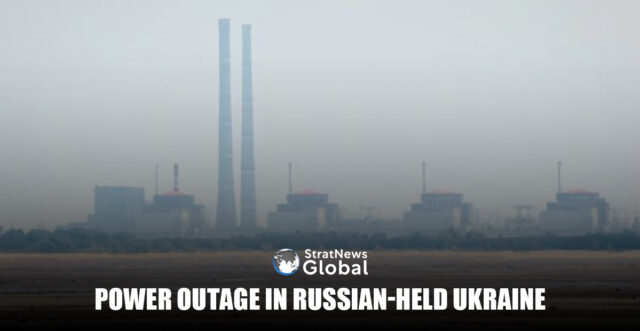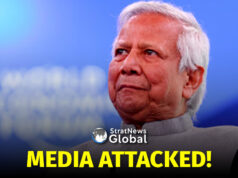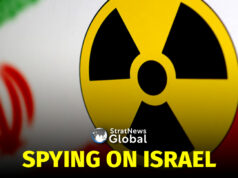Around 700,000 people in parts of southern Ukraine held by Russian forces were left without power on Tuesday, according to Russian-appointed officials. They said Ukrainian drone attacks and shelling had damaged multiple power substations, causing widespread outages.
There was no immediate comment from Ukraine, but the attack, which targeted the Zaporizhzhia and Kherson regions, appeared to be one of the largest of its kind on Russian-held territory since the war began in February 2022.
Russia lays claim to both regions, large areas of which it already controls and is trying to capture the rest of them, part of what it casts as its push to ensure its own security and secure the future of ethnic Russians and Russian speakers.
Ukraine rejects Russia’s portrayal of the conflict, calling it a colonial-style land grab by Moscow and vowing to retake the lost territory through a mixture of force and diplomacy.
The drone attacks came hours after Russian and Ukrainian delegations met in Turkey for peace talks where Moscow said it would only agree to end the war if Kyiv cedes big new chunks of territory and accepts limits on the size of its army.
Russian-backed officials said the situation at the Zaporizhzhia nuclear power station – Europe’s largest nuclear facility which was seized by Russia in 2022 – was under control but difficult.
Russian officials running the plant said radiation levels were normal at the facility, which operates in shutdown mode and produces no power at the moment.
Widespread Outage
Yevgeny Balitsky, the Russian-installed governor of Zaporizhzhia, said more than 600,000 people in nearly 500 settlements across the region had no electricity after Ukrainian shelling damaged high-voltage infrastructure.
“As a result of shelling by the Ukrainian armed forces, high-voltage equipment was damaged in the northwestern part of the Zaporizhzhia region,” Balitsky wrote on Telegram.
“There is no electricity throughout the region. The Ministry of Energy … has been instructed to develop reserve sources of electricity as soon as possible. Health care facilities have been transferred to backup power supply sources.”
In the adjacent Kherson region, further west, Russia-appointed Governor Vladimir Saldo said debris from fallen drones had damaged two electricity substations, knocking out power to more than 100,000 residents of 150 towns and villages in Russian-held Ukraine.
Emergency crews were working to restore power quickly, Saldo added.
Attack On Sumy
Separately, emergency services in the northeastern Ukrainian city of Sumy said on Tuesday that a Russian attack on it had killed three people and injured at least 16 more.
“The Russians launched a savage strike on Sumy – directly targeting the city and its ordinary streets with rocket artillery,” Ukrainian President Volodymyr Zelenskyy wrote on X.
The attack damaged an apartment building, three private residences, a warehouse and a hospital building, according to a statement from the emergency services.
Sumy regional prosecutors said earlier that children were among those wounded in the attack.
There was no immediate comment from Russia on these Ukrainian reports.
Both Russia and Ukraine deny targeting civilians in their attacks. But thousands of civilians have died in the conflict, the vast majority of them Ukrainian.
For many long months in the winter, it was Ukrainian towns and villages that endured repeated electricity cuts as Russian forces focused strikes on generating capacity.
Each side has repeatedly accused the other of launching attacks on the Zaporizhzhia nuclear plant and running the risk of a nuclear accident.
The U.N. nuclear watchdog, the International Atomic Energy Agency, said last week in response to a Ukrainian complaint that it saw no sign of Russia preparing to restart the Zaporizhzhia plant and connect it to the Russian grid.
The IAEA has stationed monitors permanently at Zaporizhzhia and Ukraine’s other nuclear power stations.
(With inputs from Reuters)





